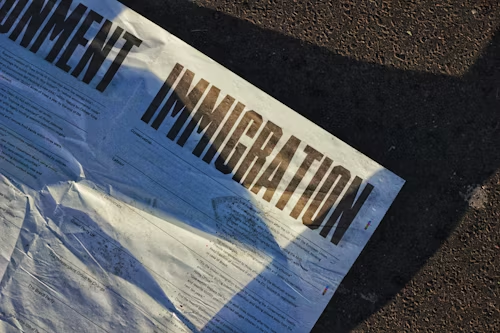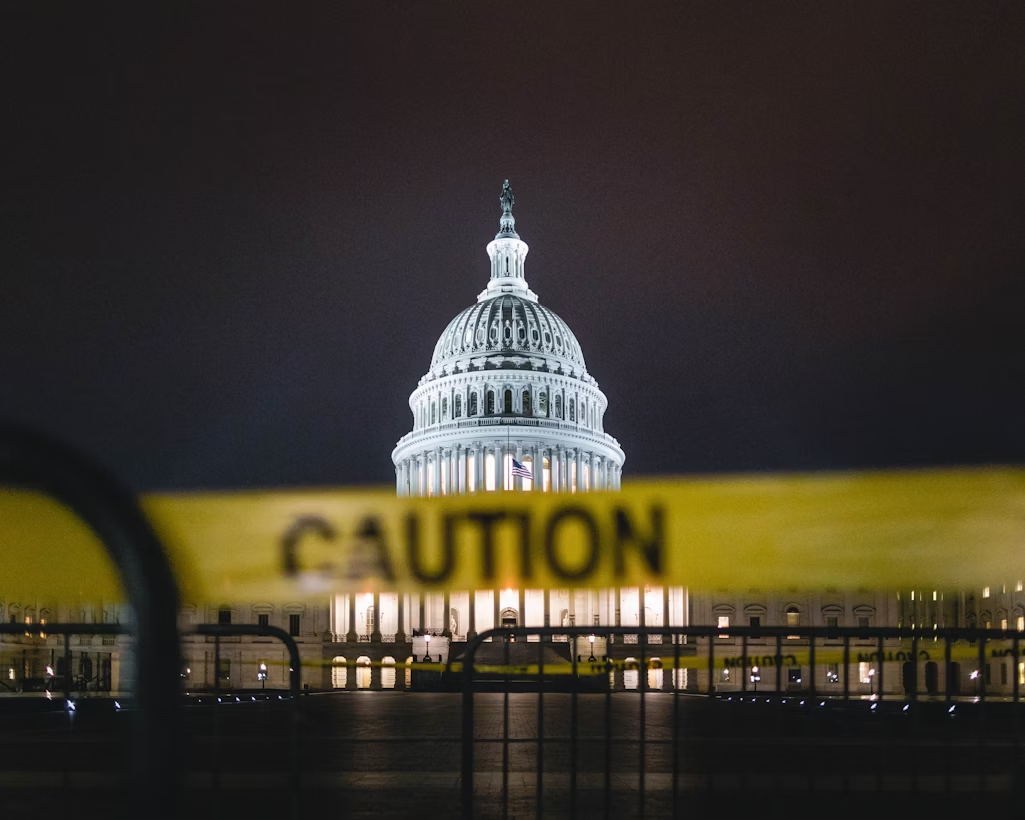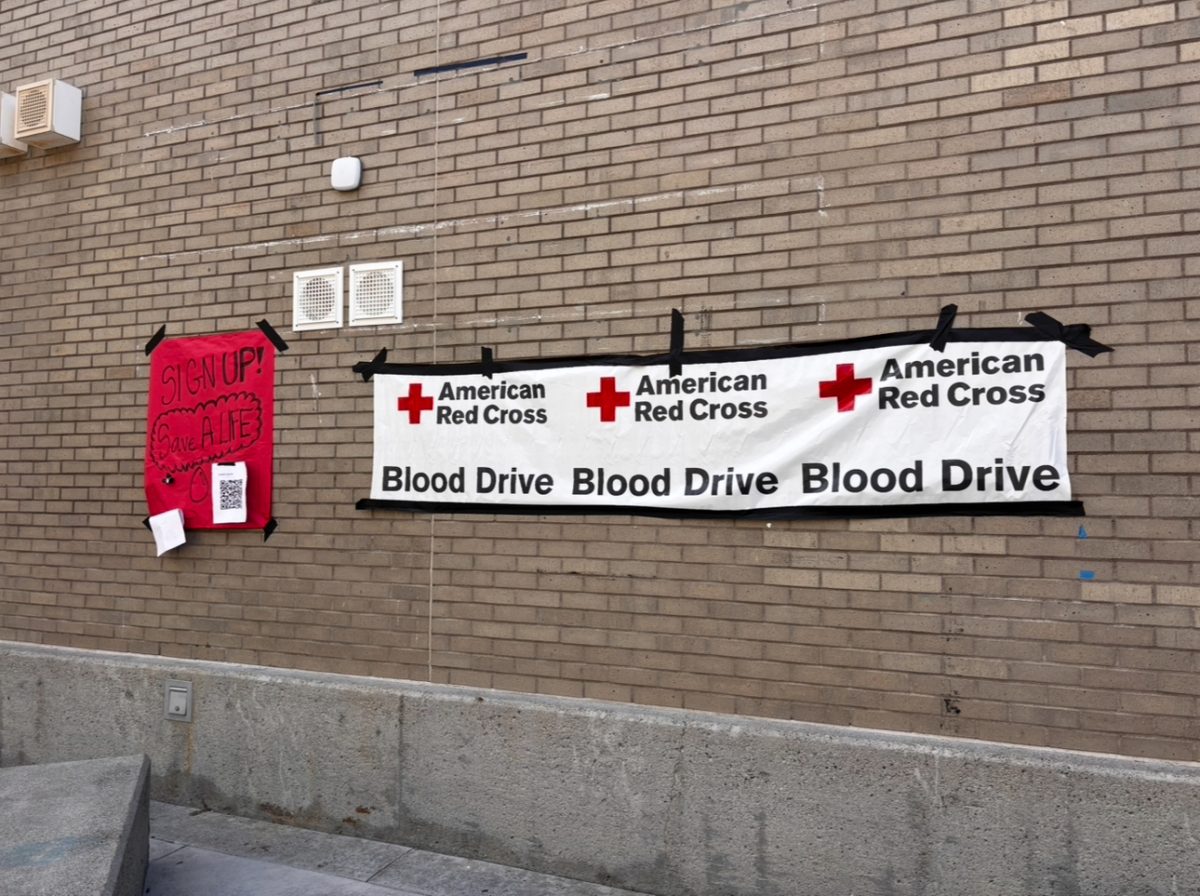Since President Trump took office, immigration has become a focal point in his policy. His administration has lifted restrictions on “sensitive locations” and increased ICE raids in major cities to focus on criminals.
Trump has begun to lift restrictions on immigration deportation policies, so that he can carry out his mass deportation plans. He has announced that he will further the “expedited removal authority,” which causes people to be deported faster because they do not have the right to a trial in front of an immigration judge.
Trump’s team has also removed the “sensitive locations” policy created under the Obama administration that bans ICE from entering schools and churches. Now, with a federal warrant, immigration officers may enter these places to conduct deportations. Trump has also begun to target “sanctuary cities,” which are places that opt to protect immigrants by denying compliance with the federal government and refusing to allocate funds toward ICE.
Locally, the Department of Homeland Security has claimed that it has started conducting operations in Los Angeles. Other major cities with some confirmed arrests are San Diego, Santa Barbara, Sacramento and San Francisco. So far, ICE has claimed to have made nearly 1,200 arrests in cities, with 52% of the arrests regarded as criminal arrests.
Since taking office, the administration has stated that it is prioritizing the deportation of criminal immigrants to protect “national security and public safety”. Immigrants who remain undocumented are not legally considered criminals because it is a civil offense. If an immigrant is deported and then reenters the country, a federal crime is committed.
Since taking office, the president’s administration has passed nine immigration executive orders. One notable order attempted to ban birthright citizenship but was quickly blocked by a federal judge. It is unlikely that the order will stand because it imposes on the Fourteenth Amendment, which grants citizenship to “all persons born or naturalized in the United States.”
As immigration attempts ramp up, additional detainers are established. Detainers are spaces used to hold immigrants suspected of burglaries, kidnapping, homicide, sexual assault, weapons offenses, drug trafficking and human trafficking. They are cost-effective spaces that hold people for additional time before processing by the DHS.
Ethan Coronado (11) says, “I have heard about the deportations recently on the news.”
Sometimes local law enforcement will not comply with detainers, which causes agents to pursue the criminals within the community. It is estimated that an increase in detainers will be needed to carry out Trump’s massive deportation efforts.
Deportation may have negative economic effects since deporting one million immigrants a year would require $88 billion. Most of the budget would be allocated to building new detention centers to carry out these efforts.
Christine Lam (12) says, “We had a debate on immigration and the effects on the economy in my AP government and politics class. It was very insightful.”
Some believe that deportation may provide more open housing and resources for the American people, which would positively affect the economy. However, it is possible that deportation would reduce GDP by 4.2% to 6.8% because fewer people would reside in the United States.






